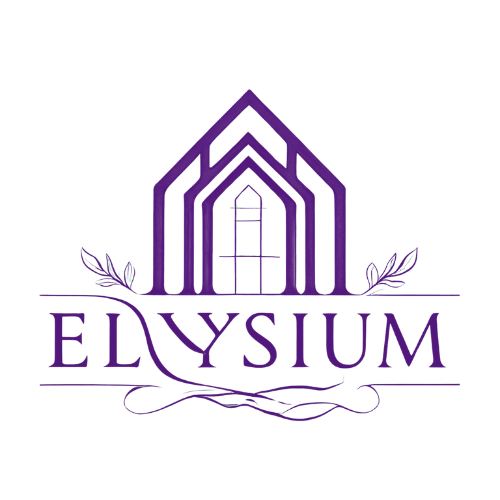Niche Asset Classes in Focus: Data Centers, Seniors Housing & More
As the commercial real estate (CRE) market continues to evolve, investors and sponsors are expanding beyond traditional asset types like office, retail, and core multifamily. In 2025, niche sectors such as data centers, seniors housing, cold storage, and life sciences are capturing more capital—and commanding stronger valuations.
What makes these asset classes so attractive? Long-term demand drivers, lower competition, and favorable supply dynamics. For developers and operators with the right expertise, focusing on niche assets isn’t just a diversification play—it’s a strategic advantage in equity raises, investor fit, and long-term stability.
The Shift Toward Specialized CRE
According to Urban Land Institute, institutional investors are increasingly allocating capital toward non-traditional asset types to hedge risk and enhance yield. With traditional office facing structural headwinds and core multifamily increasingly saturated, niche strategies offer both growth and resilience.
From cloud infrastructure demand fueling data center expansion to demographic shifts driving seniors housing growth, these sectors are benefiting from macro trends that outlast market cycles—and they’re less correlated with interest rate swings.
Data Centers and Digital Infrastructure: Powering the Investment Thesis
The explosion in cloud computing, AI, and digital services is turning data centers into one of CRE’s most in-demand asset classes. These properties often feature long-term leases with credit-grade tenants, high operating margins, and global scalability.
As CAIS Group explains, digital infrastructure is no longer just a tech play—it’s a durable real estate category attracting institutional capital and private equity alike. However, due diligence is key: site selection, power access, and network connectivity are mission-critical variables that require operational precision.
Seniors Housing: Demographic Tailwinds and Recession Resilience
With more than 10,000 baby boomers turning 65 every day, seniors housing is entering a golden era of demand. Unlike traditional multifamily, these assets also deliver service-driven revenue models, from independent living to assisted care, making them less rate-sensitive and more income-stable.
CrowdStreet highlights seniors housing as one of the fastest-growing CRE sectors among private investors, particularly when positioned in sunbelt markets and secondary cities with aging populations. Operators with healthcare partnerships and experience managing resident services often find more favorable equity terms and stronger institutional backing.
Structuring Capital for Niche Assets
Raising capital for niche asset types requires a different approach. Investors are looking for sponsors who understand operational complexity, regulatory nuances, and tenant dynamics—especially when the property isn’t a “plain vanilla” deal.
For sponsors, this means building credibility through track record, partnerships, and data-driven underwriting. A well-articulated business plan, combined with sector-specific expertise, allows for better alignment with limited partners who are actively hunting for differentiated yield.
At Estates of Elysium, we help sponsors structure equity and debt for high-performing, alternative real estate assets—from data centers and medical office to seniors housing and beyond. If you’re targeting a niche sector and need capital that understands the strategy, visit www.estatesofelysium.com to connect with investors ready to deploy in 2025.

